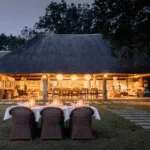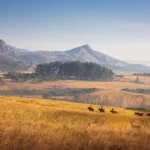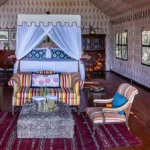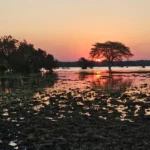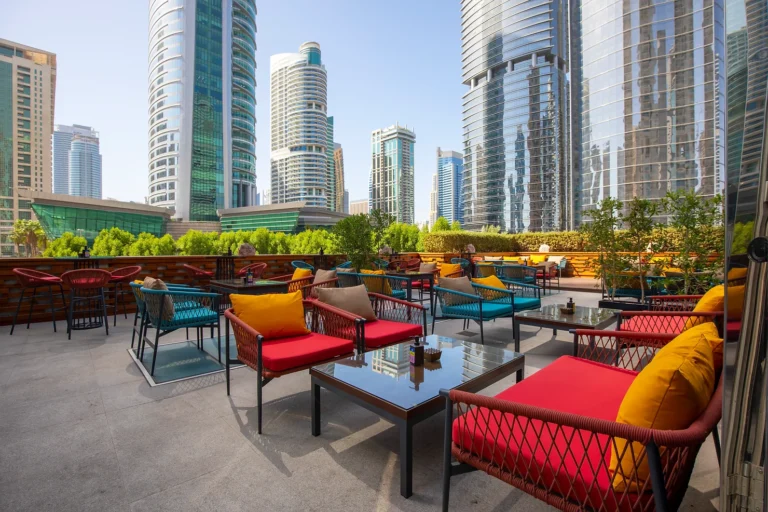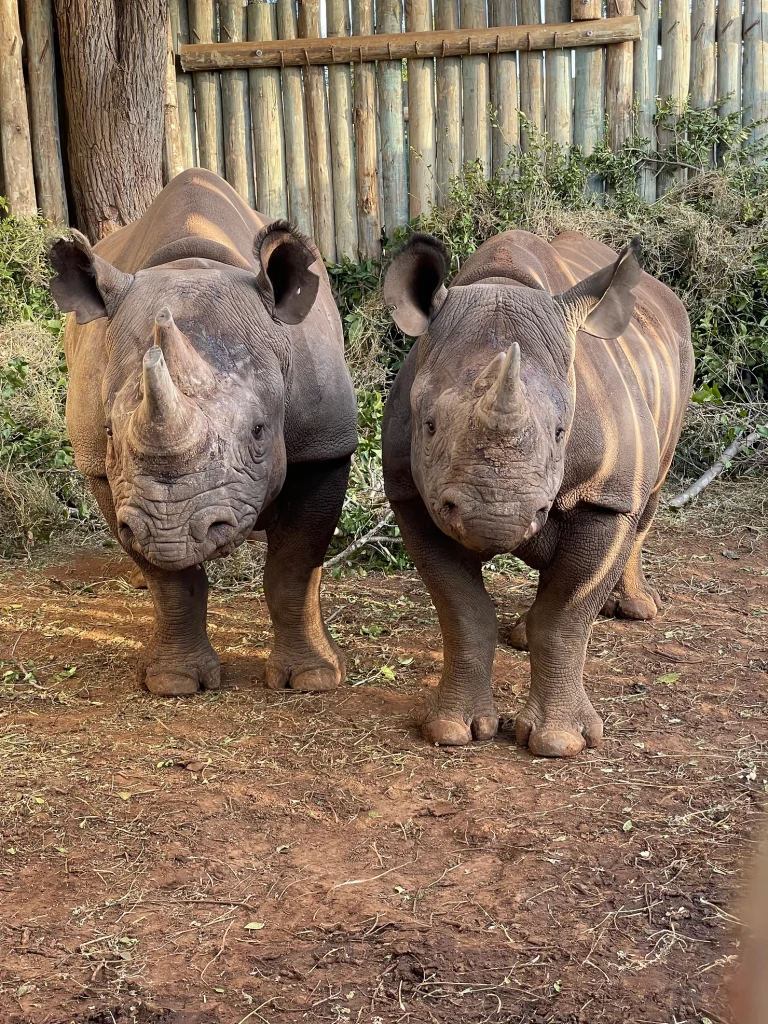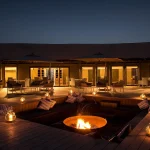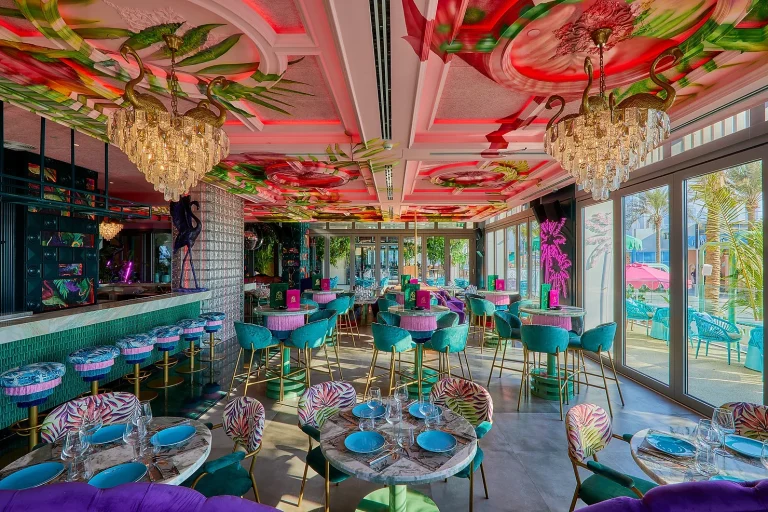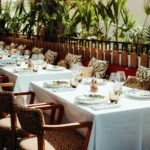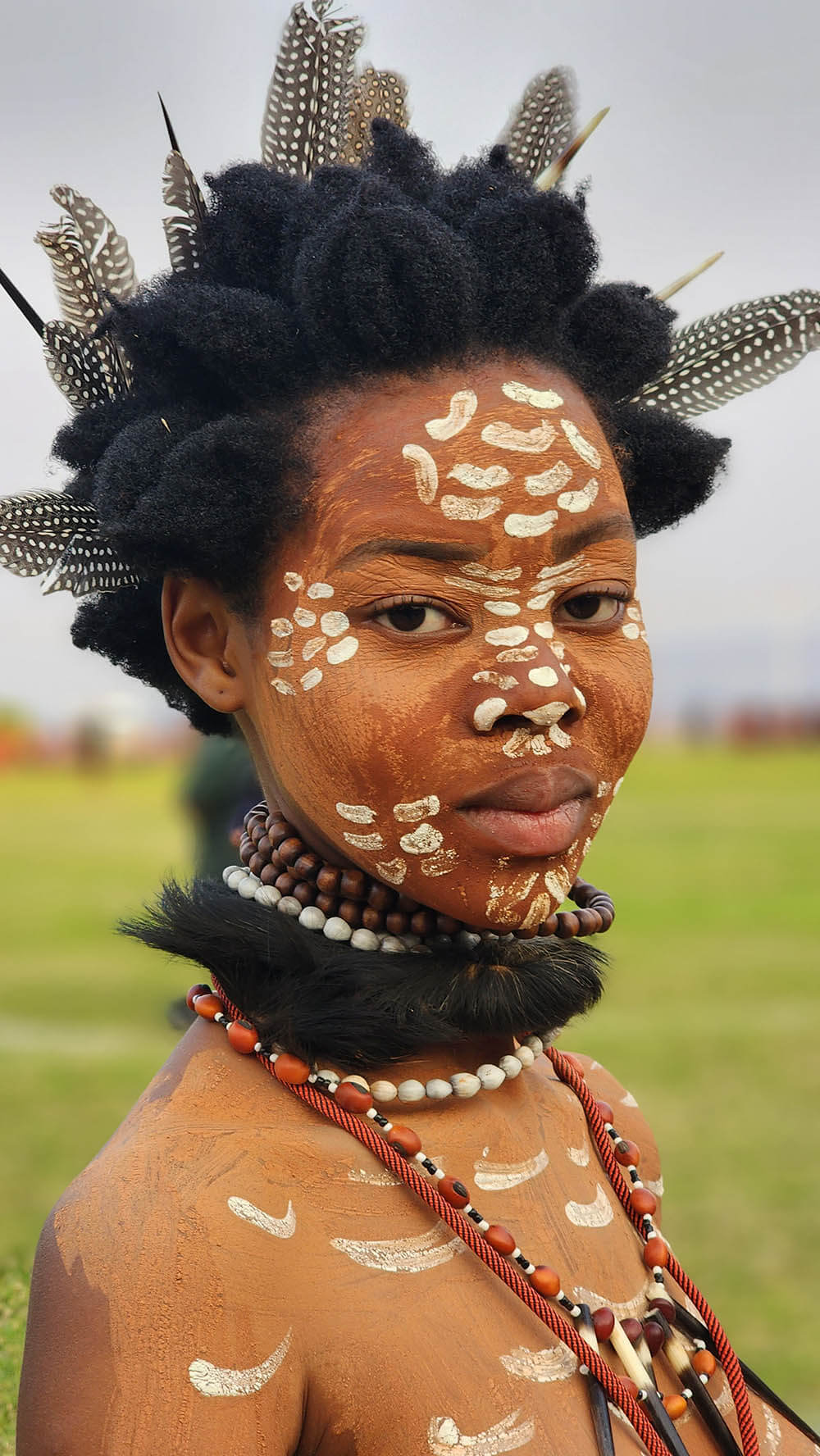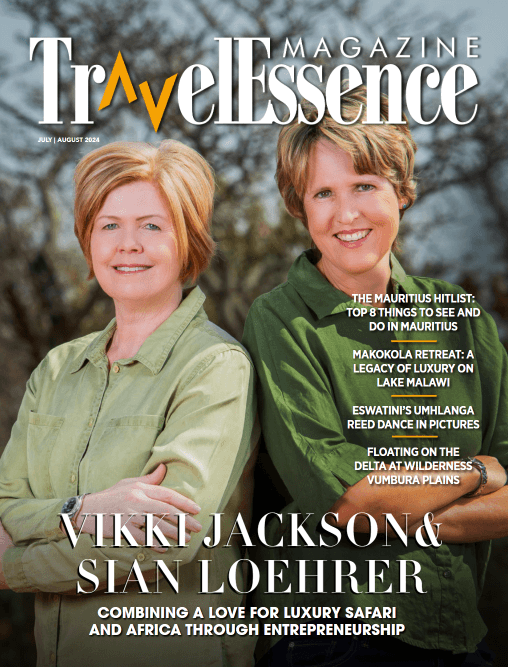A collision of colour and culture
Eswatini’s Umhlanga Reed Dance, a 6-day vibrant and culturally significant event, is a cornerstone of Swazi tradition. Held annually in the Kingdom of Eswatini, this festival is a testament to the nation’s rich heritage, celebrating womanhood, purity, and the bond between the king and his people. It is alsoan experience that one must consider aligning one’s calendars with, should a trip to this little Kingdom be on the cards.
There is no question that Africa, a continent rich in history, diversity, and culture, is home to numerous festivals that offer a glimpse into its vibrant heritage. These celebrations, often characterized by colorful displays, rhythmic music, and intricate dances, are not merely joyous occasions but also serve as important cultural symbols.
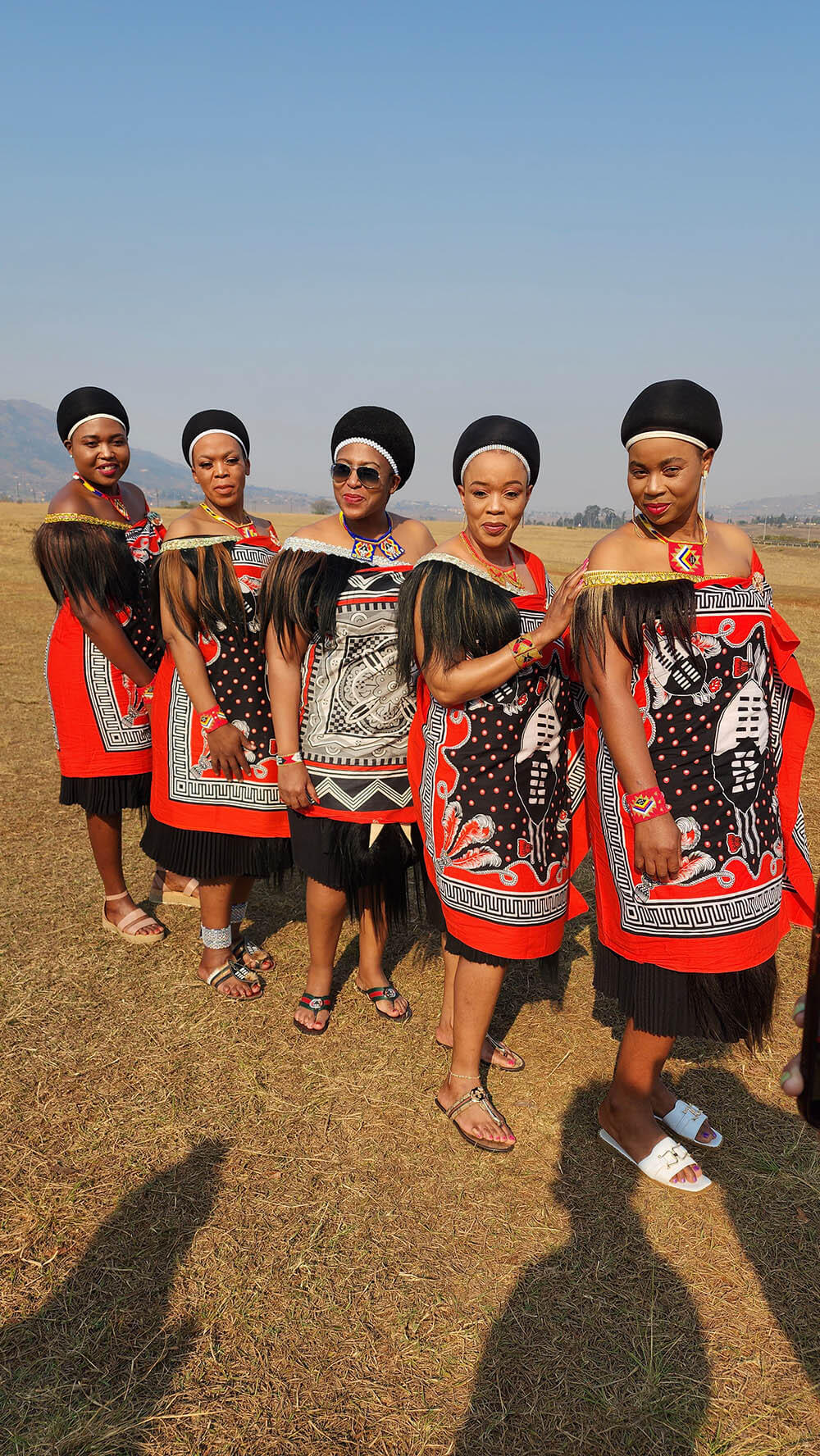
Eswatini, formerly known as Swaziland, is a landlocked country located in southern Africa and boastsvaried landscapes across anationthat isfairly small in size. It is alsoa hidden gem for cultural tourism. Here, visitors can not only immerse themselves in pristine landscapes, diverse wildlife, and rich heritage displays in museums alike, but Eswatini makes for an ideal destination for travelers seeking authentic experiences that coalesce the diversity of people, nature, and rich storytelling.
A little about the Umhlanga Reed Dance
It can be succinctly summarized as a collision of colour and culture. Taking place towards the end of August into the first week of September, theUmhlanga Reed Dance is just one of many cultural events that visitors can add to their list of must-experiences when inEswatini and remainsa remarkable example of the significance and beauty of African cultural traditions. It is avibrant spectacle and showstopping parade that involves thousands of young women dressed in traditional attire, carrying long reeds to the royal kraal, the reeds of which are a symbol of purity, virginity, and fertility, reflecting the importance of these qualities in Swazi culture.
In a dazzling kaleidoscope of colour and texture, you will witness the stomping, swinging, and swaying of young women and little girls, all chanting to ululating, rattling anklets, high pitched voices and the sound of what sound like battle cries. Except this parading it not on account of acrimony, but rather in celebration of tradition. Warrior escorts carrying knob sticks and clad incolorful patterned cloth and animal hides accompany the maidens, standing ready to carry out their seemingly protective duties as part of this fare.
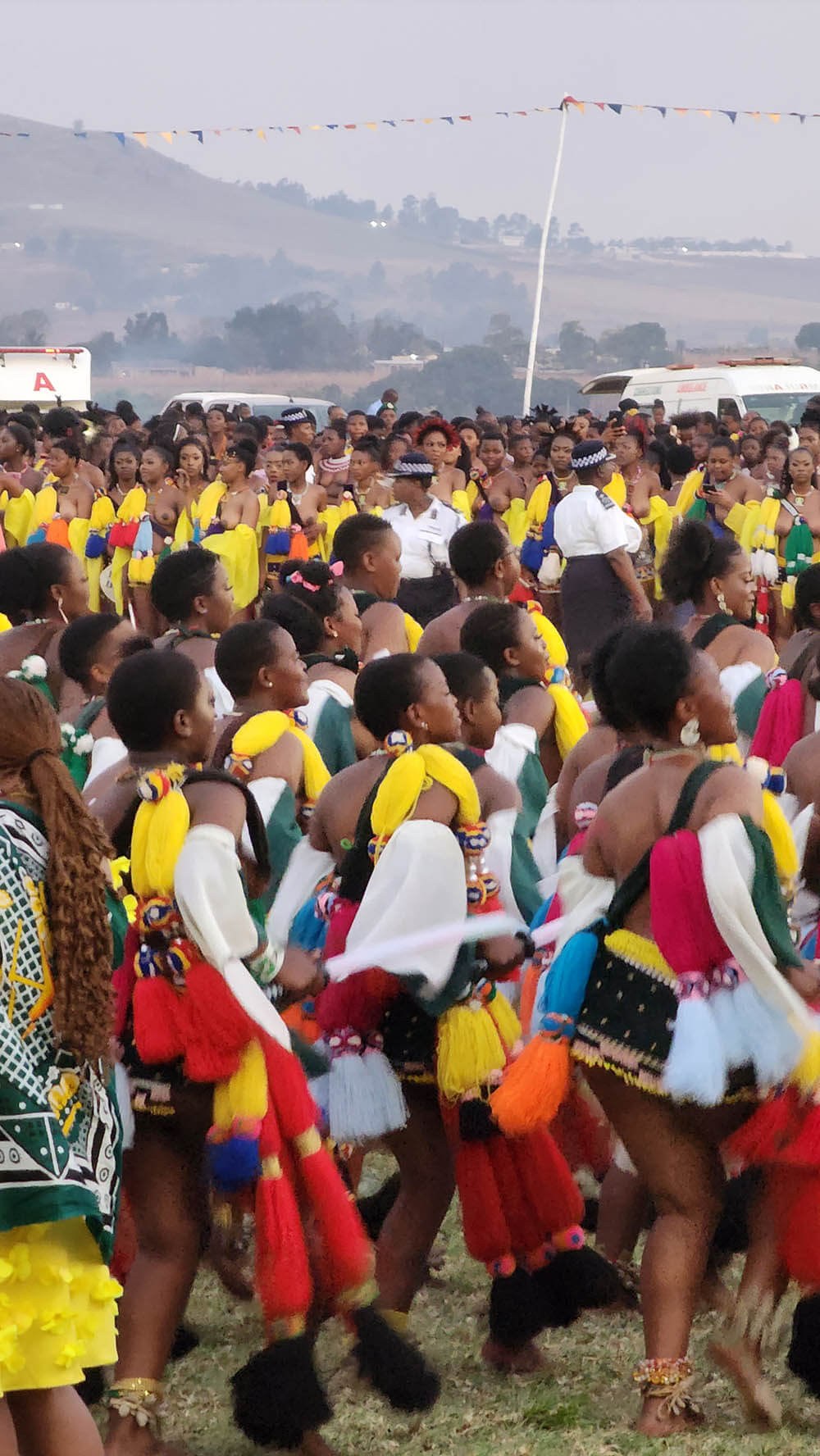
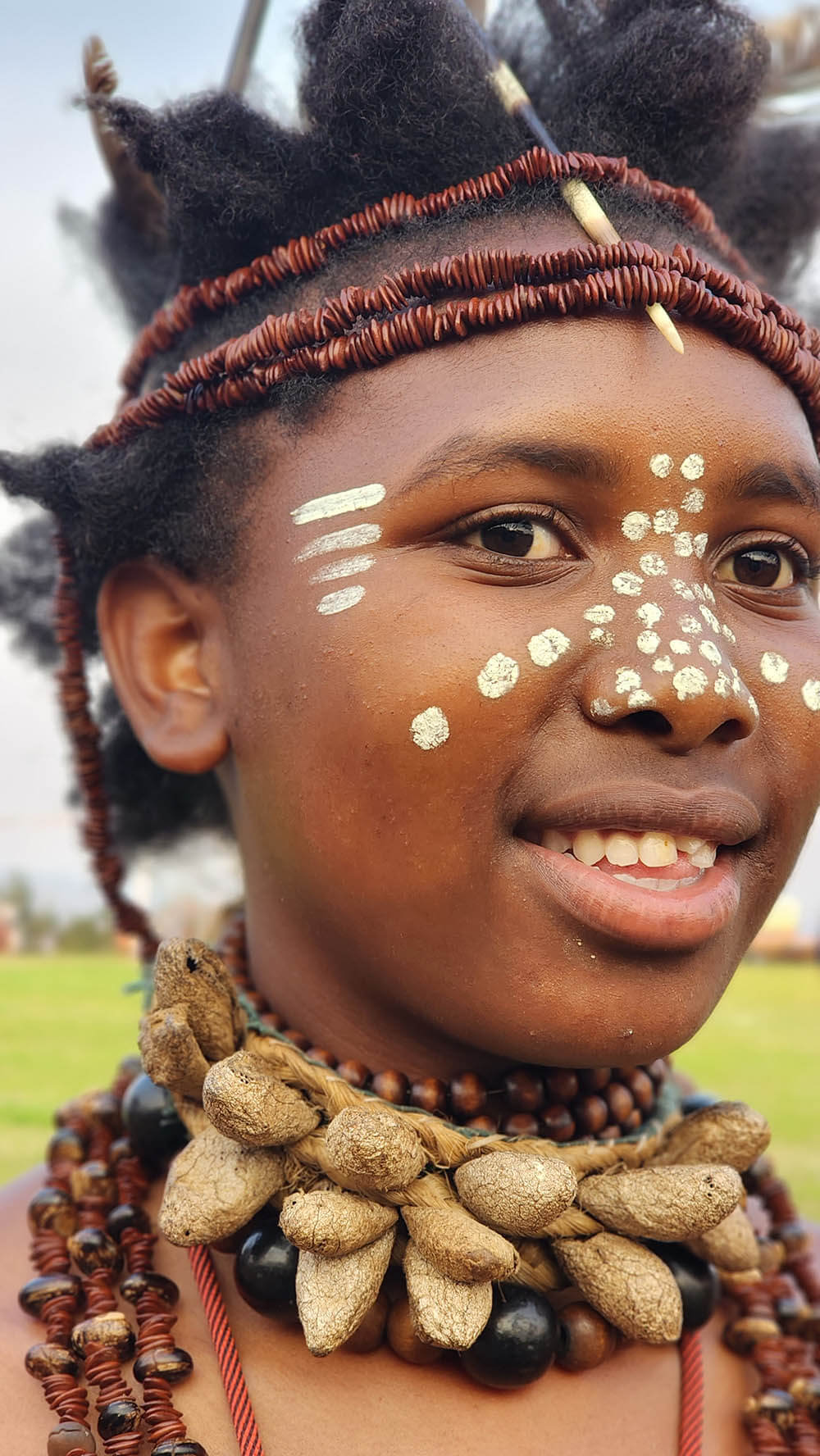
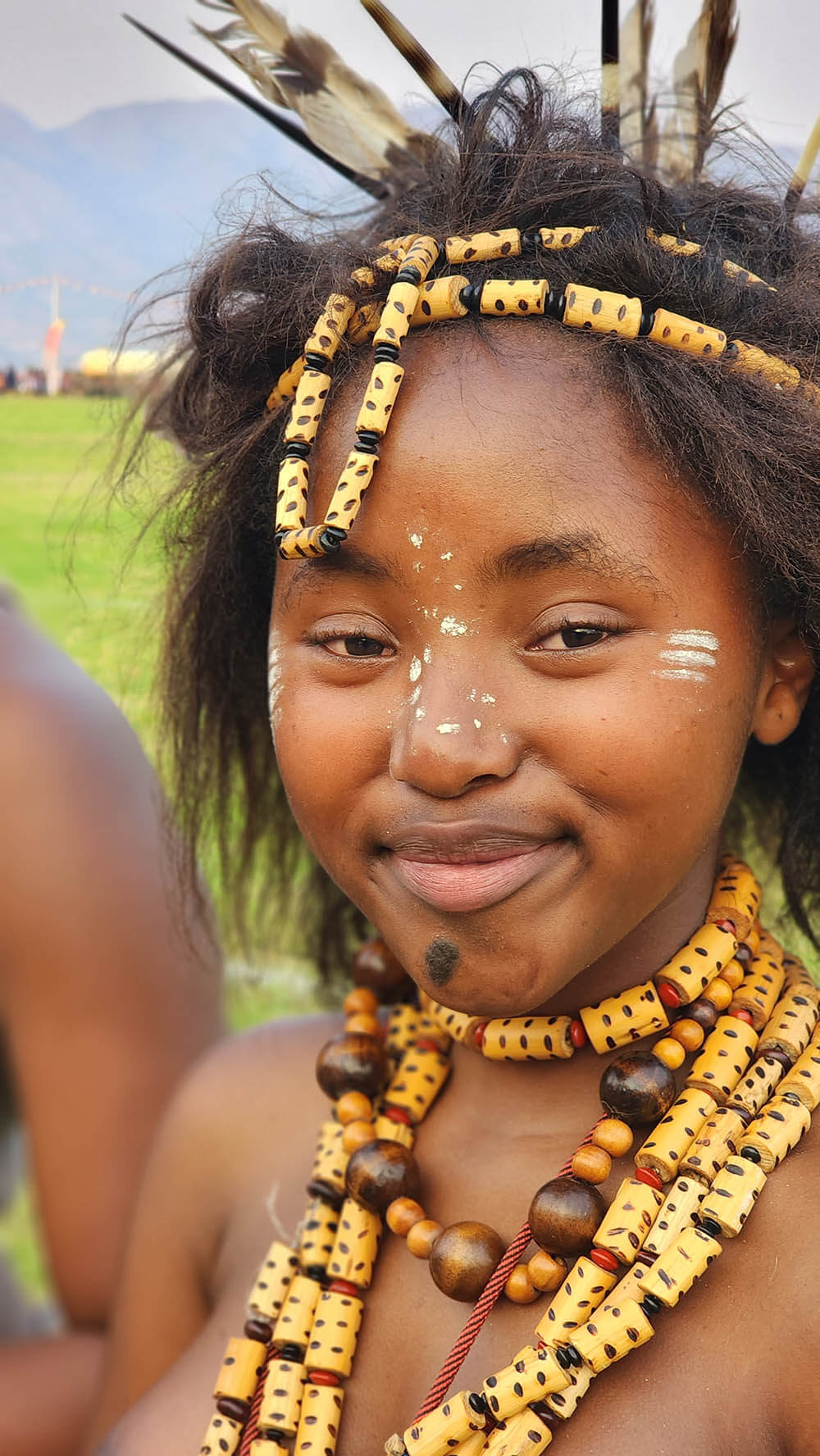
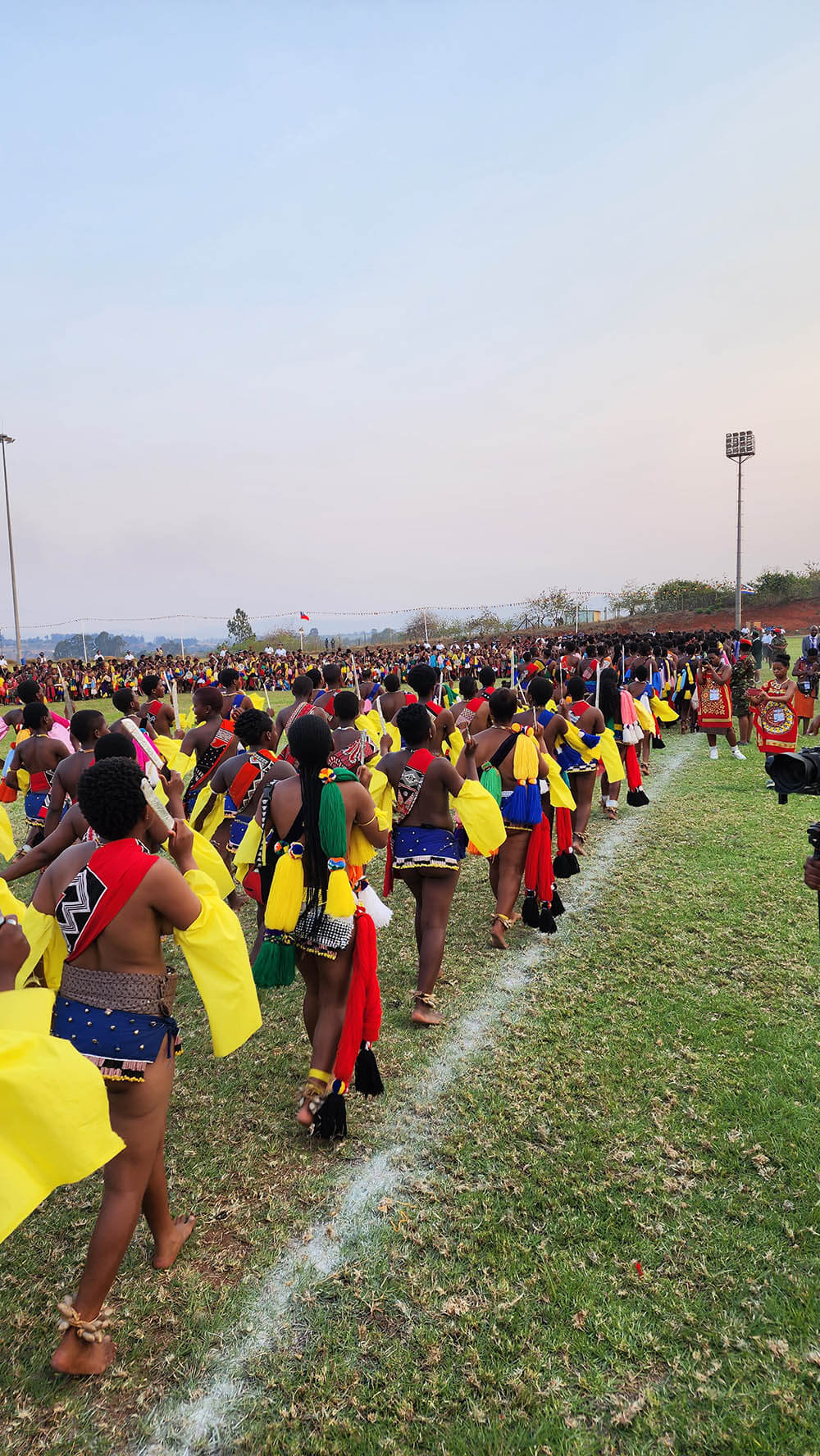
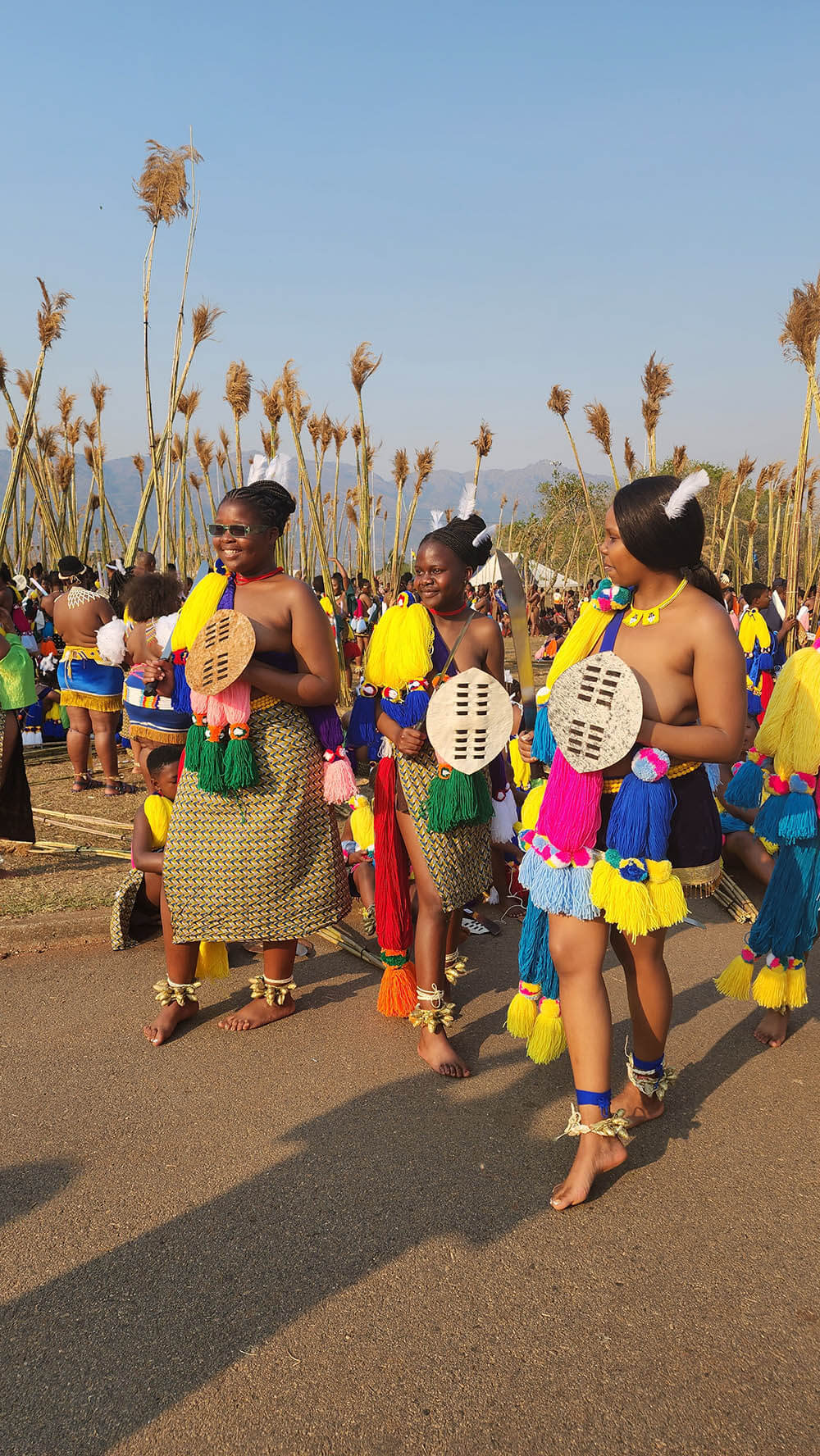
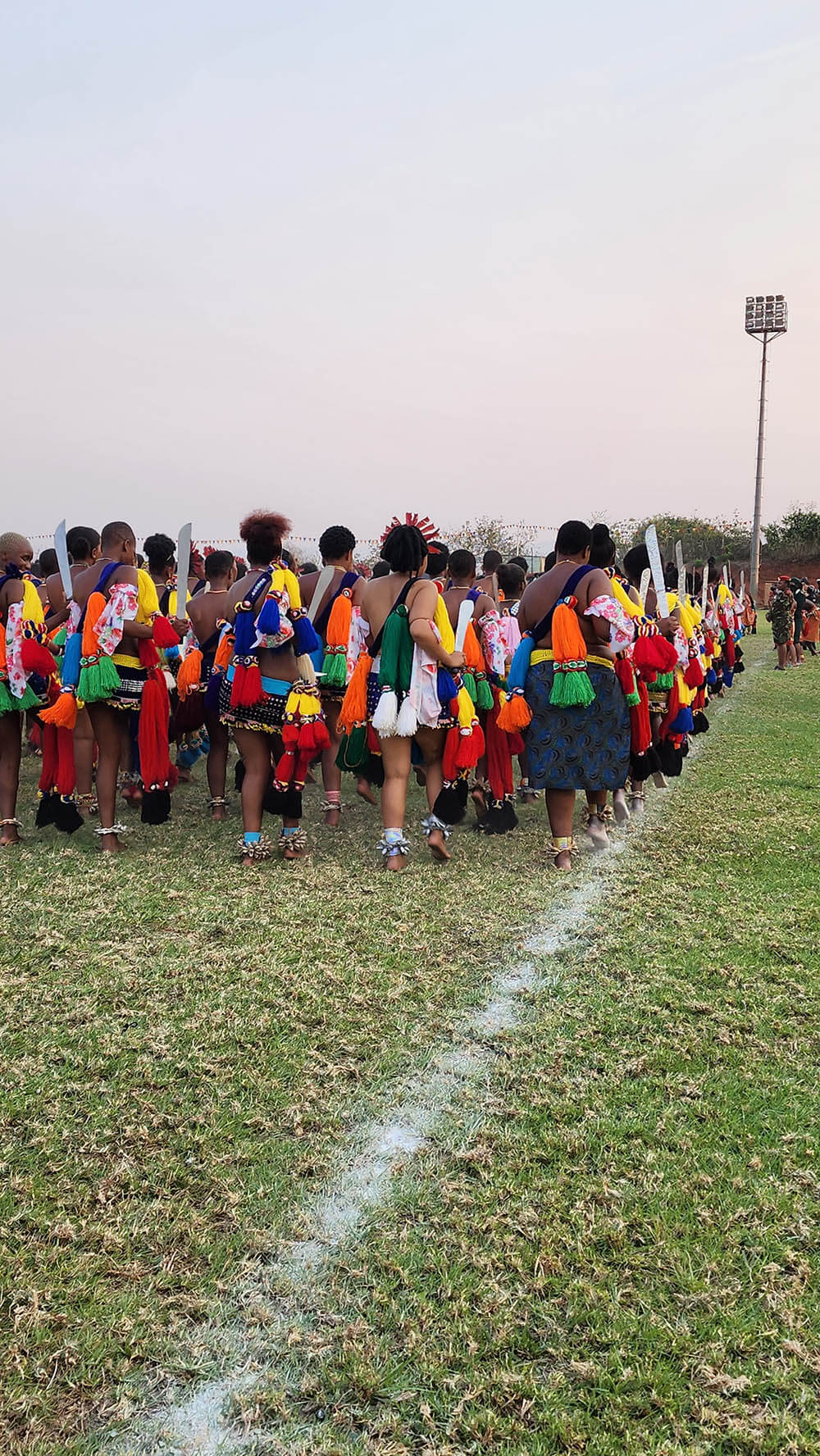
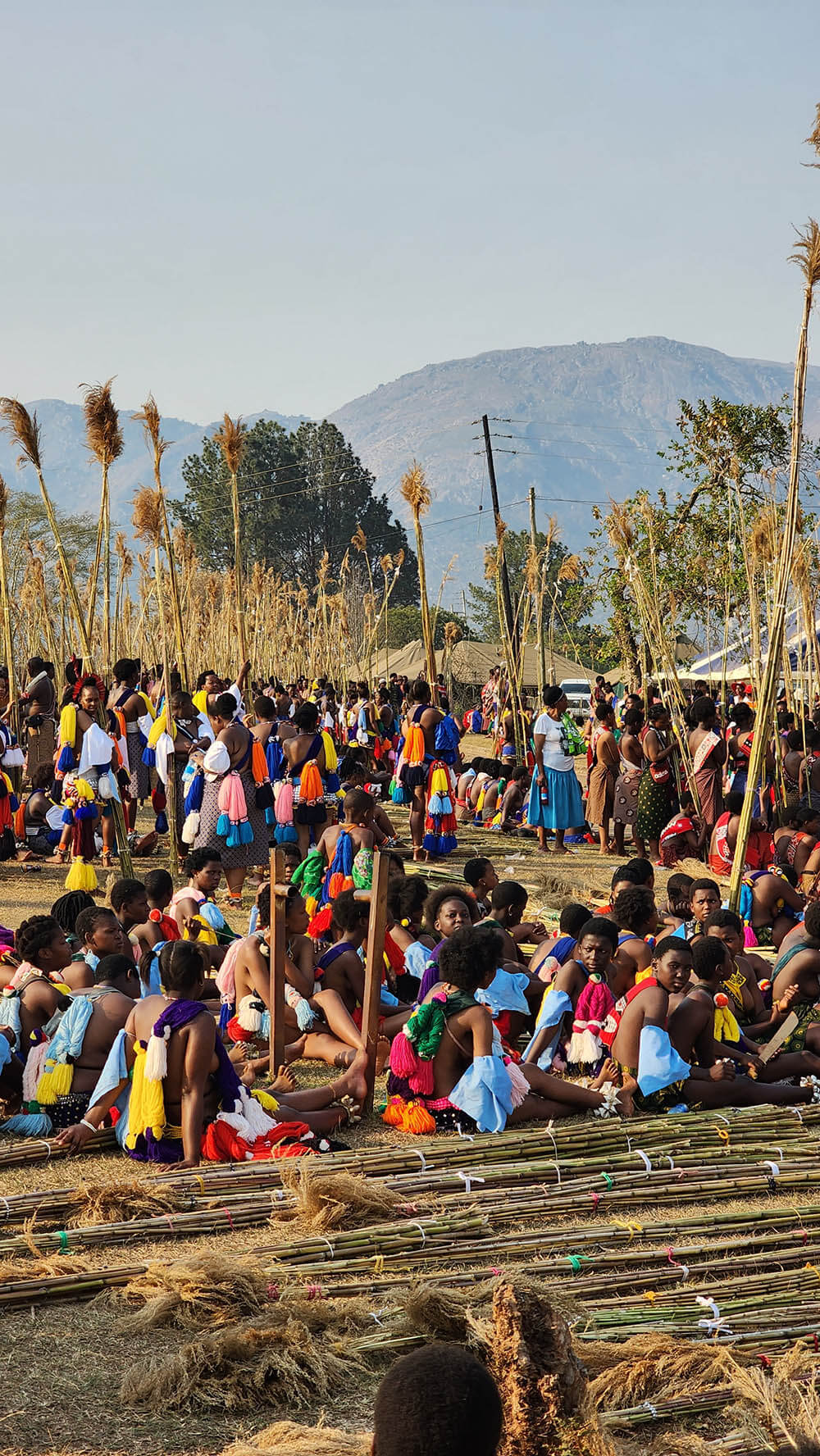
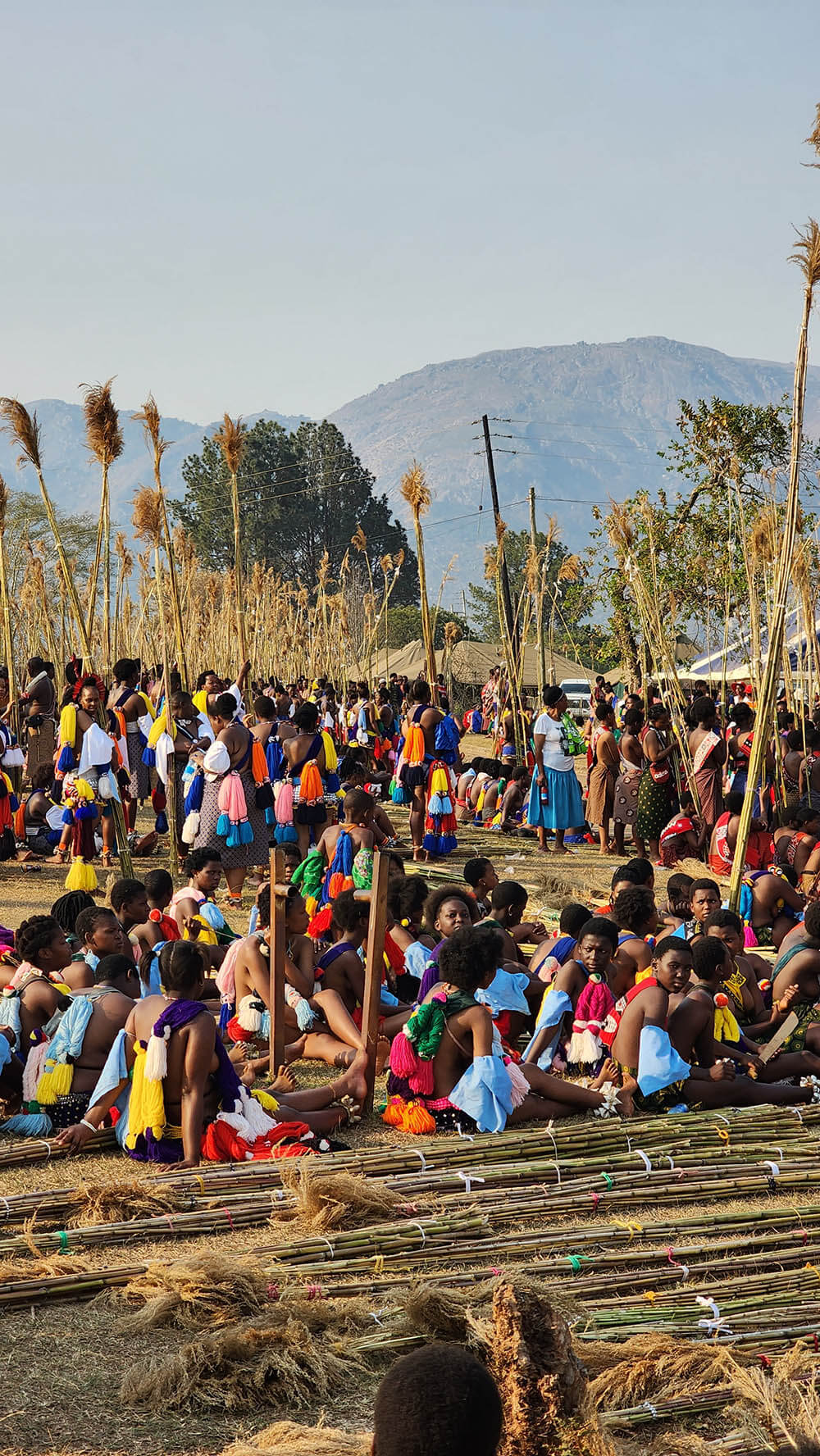
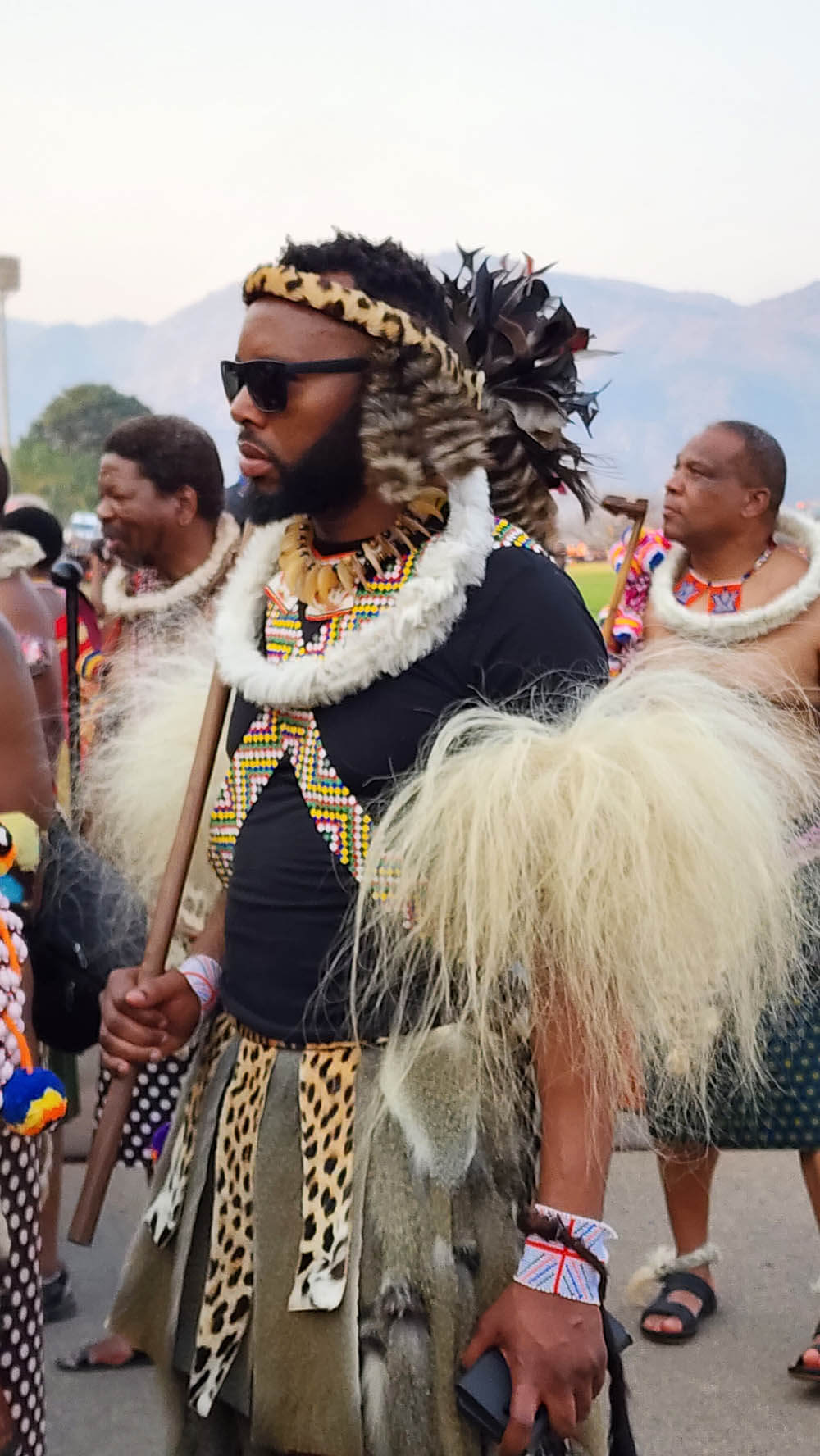
The Reed Dance is also a time for young women to display their beauty and grace, and in a sense, is deemed to serve as a rite of passage into adulthood.The ritual of presenting reeds to the king is a symbolic act of loyalty and respect, reinforcing the bond between the monarchy and the people, a relationship that has been central to Swazi society for centuries.The festival hasbeen equally celebrated for centuries, and it is believed to have originated as a way for the king to choose his next wife. Although the practice of choosing wives through the Reed Dance has changed over time, the festival remains a significant cultural event such that it can be found on the calendar of global, culture inspired festivals and events.
Blending culture and tourism
While the Reed Dance Festival is primarily a celebration of Swazi culture, it has over the years evolved intoa popular tourist attraction. Visitors from around the world come to witness this unique event which offers a glimpse into the traditions and customs of the Swazi people, providing a memorable and authentic experience.And in addition to the main event, the Umhlanga Reed Dance also includes various activities such as traditional dances, storytelling, and craft demonstrations, awarding tourist an opportunity to immerse themselves in the local culture and gain a deeper understanding of the Swazi people. While the full spectacle is not accessible to all, tourists will be delighted to note that The Eswatini Tourism Authority has a Tourist Information Centre set up within the Eludzidzini Royal Residence to assist with information relating the significance of the event. The general public and tourists are able to access the arena, Tourism Information Centre (Swazi huts) and the Marquee which one can pop into for a meal. Non-resident visitors,on the other hand, are not permitted to wander about the Royal Residence freely but can arrange to do so while accompanied by a local tour guide.












